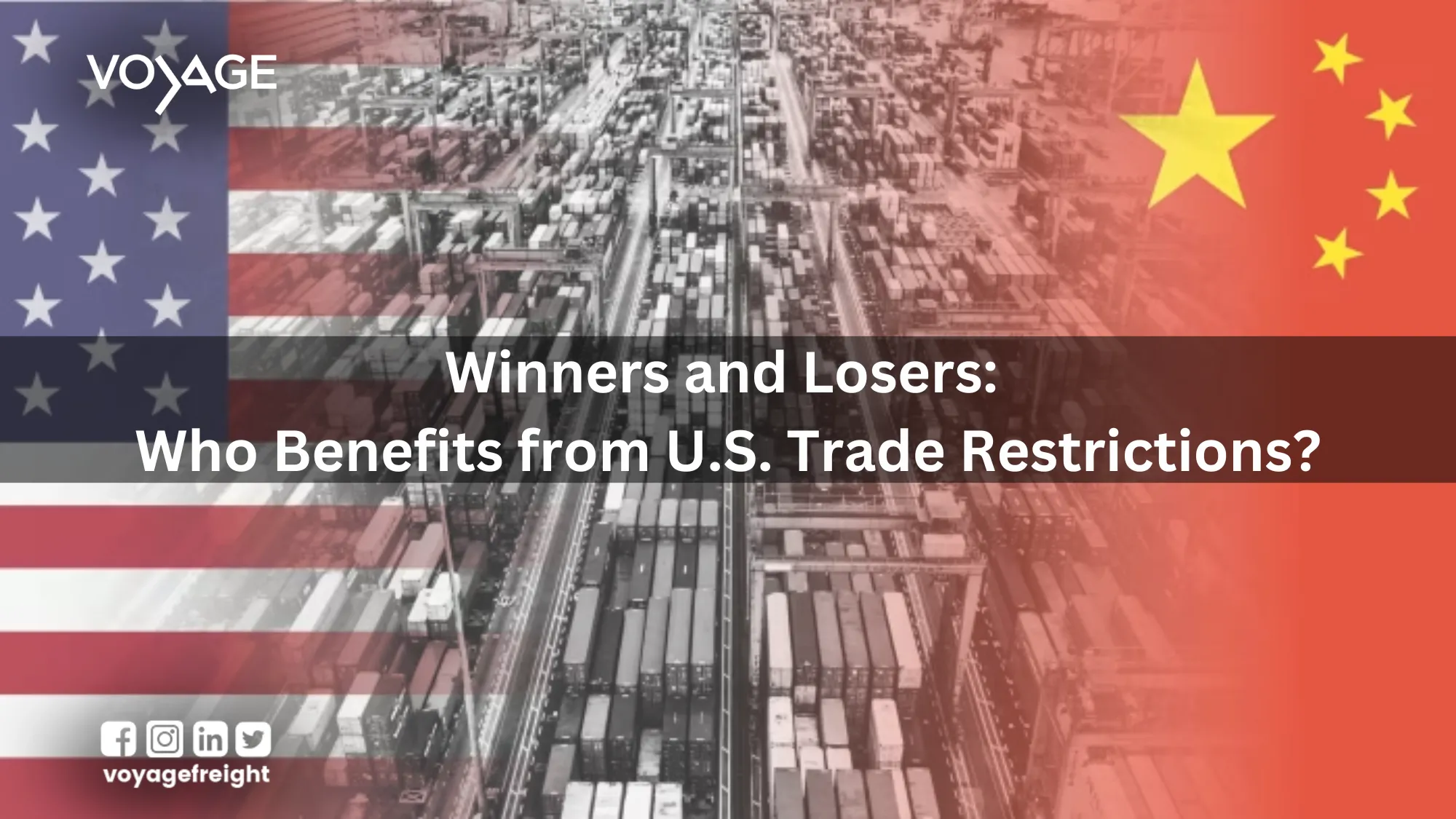
Winners and Losers: Who Benefits from U.S. Trade Restrictions?
The Impact on Asian Economies – A Special Focus on Pakistan
The United States, as one of the world’s largest economies, has long used tariffs and trade restrictions to protect domestic industries, ensure national security, and negotiate better trade terms. While these measures are primarily focused on U.S. interests, their ripple effects extend globally — particularly to Asia. Countries like China, Vietnam, India, and Pakistan often find themselves caught in the crosswinds of U.S. trade policy, experiencing both opportunities and challenges.
This article takes a closer look at how U.S. trade restrictions affect Asian economies, with a specific lens on Pakistan.
How U.S. Restrictions Reshape Global Trade
U.S. trade restrictions often target specific countries or sectors. Recent years have seen increased tariffs on Chinese goods, bans on technology transfers, and heightened scrutiny on imports of textiles, electronics, and raw materials. These shifts disrupt established trade routes and supply chains —creating challenges for some economies while opening doors for others.
The Winners in Asia: Seizing Opportunity Amid Disruption
1. Export Diversification Opportunities for Pakistan
As the U.S. imposes heavy tariffs on Chinese textiles and goods, importers in the U.S. look to alternate sourcing destinations. Pakistan, with its strong textile and apparel sector, stands to gain by capturing market share once dominated by China. This redirection of trade can benefit Pakistani exporters — especially if they can meet quality standards and delivery expectations.
2. Increased Demand for Agricultural Products
With strained U.S.-China agricultural ties, countries like Pakistan can step in to supply rice, fruits, cotton, and other commodities. Pakistan’s agricultural exports have room to grow if aligned with U.S. safety and phytosanitary standards.
3. Outsourcing and Manufacturing Shift
As American companies move operations out of China to avoid tariffs, countries with lower labor costs and skilled workforces—like Pakistan—can attract manufacturing investments. While Pakistan still needs infrastructure improvements to fully capitalize on this, early steps in policy reforms, special economic zones, and industrial incentives show promise.
The Losers: Challenges Faced by Asian Economies
1. Supply Chain Disruptions
Many Asian economies are integrated into global supply chains. Trade restrictions between the U.S. and a major player like China can lead to raw material shortages, price volatility, and reduced demand for intermediate goods manufactured in countries like Pakistan, Vietnam, or Bangladesh.
2. Volatile Export Markets
If the U.S. restricts access to certain goods or sectors, Asian exporters may experience sudden shifts in demand. For Pakistan, this volatility can impact textiles and surgical instruments — key sectors for its economy. The uncertainty discourages long-term planning and investment.
3. Tech & Digital Trade Barriers
Countries involved in tech development and digital services face additional hurdles. U.S. restrictions on semiconductors, telecom equipment, and AI partnerships with Asia affect downstream players, including startups and IT firms in Pakistan that rely on U.S.-based clients or platforms.
Pakistan’s Strategic Position: Navigating the Middle Ground
Pakistan occupies a unique position. It is not a primary target of U.S. trade restrictions, which gives it a neutral advantage. However, it is also not fully positioned to take maximum advantage of shifting trade dynamics due to challenges like inconsistent policy implementation, energy shortages, and logistics inefficiencies.
With the right reforms — including export-friendly policies, trade agreements, and infrastructure
development — Pakistan can present itself as a credible alternative in sectors where the U.S. is diversifying away from China.
Conclusion: Turning Challenge into Opportunity
U.S. trade restrictions are changing the global economic map. While some Asian economies struggle with the fallout, others are positioning themselves to benefit. For Pakistan, this is a moment of potential.
If the country invests in competitive manufacturing, improves compliance with international standards, and strengthens diplomatic and trade ties with the U.S., it can become one of the region’s big winners in the evolving trade landscape.
Written by: Taha Masood Quddusi

